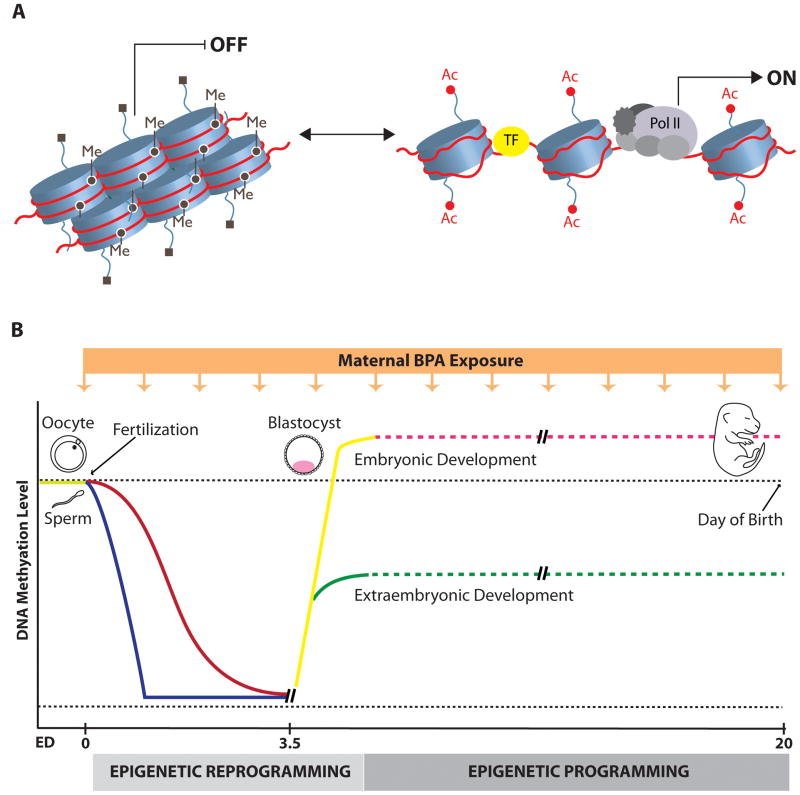Figure 1. A) Chromatin structure and dynamics.
Chromatin can exist in a closed (left) or more open state (right). The closed chromatin structure does not allow transcription factor access and gene transcription, and is associated with repressive chromatin marks, such as DNA methylation (Me), and deacetylated and methylated histone lysine (H3K9) residues (■). On the contrary, an open and relaxed chromatin state allows access of transcription factors (TF) and general transcriptional machinery (gray ovals) to the gene regulatory region, resulting in the initiation of gene expression. Open chromatin is typically associated with demethylated DNA and highly acetylated histone tails (Ac). B) Proposed epigenetic disruption by BPA during embryonic development. During pre-implementation “epigenetic reprogramming” (zygote to blastocyst stage) methyl marks are actively erased in paternal genome (blue line) immediately after fertilization, followed by passive demethylation of maternal genome (red line) in subsequent cell divisions. Both genomes are de novo methylated resulting in the establishment of DNA methylation patterns and gene expression profiles in the first two cell lineages in the preimplatation embryo: embryonic (yellow line) and extraembryonic (green line) lineages. It is very likely that in more differentiated cells, which are present during later stages of development, genome-wide methylation levels do not change dramatically (presented as dashed lines) though epigenetic “programming”, involving gene-specific changes in both histone modifications and DNA methylation may still be necessary for establishment of gene expression patterns during later lineage commitment. The orange box with the arrows represents maternal exposure to BPA, which may interfere with normal embryonic development and exert deleterious effects during the period of epigenetic reprogramming, while exposures during later stages of development could possibly produce more subtle tissue-specific adverse effects.

